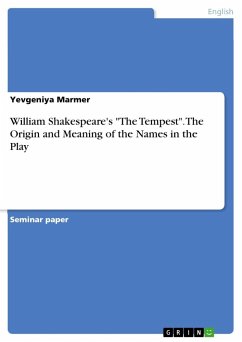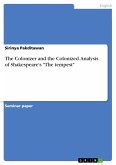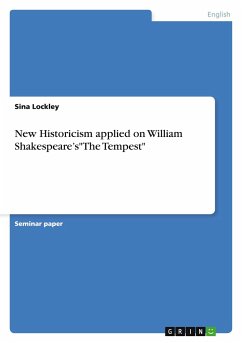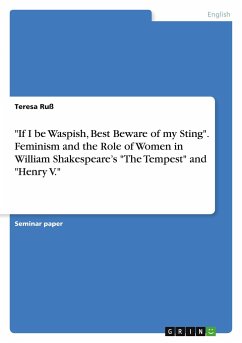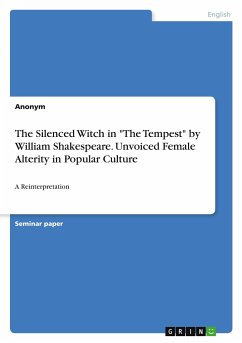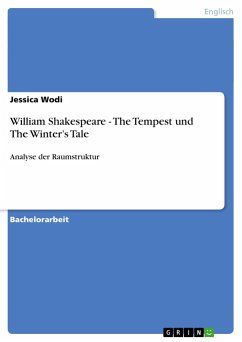Academic Paper from the year 2016 in the subject Didactics for the subject English - Literature, Works, grade: 1,7, University of Würzburg, language: English, abstract: "A savage and deformed slave." Shakespeare uses exactly these words to describe the figure of Caliban in the dramatis personæ of his play "The Tempest". For almost four centuries, literary critics have dealt with trying to answer the question how Shakespeare's character has to be regarded. Is Caliban to be considered as a monster representing humanity's bestial side including all its vices, and thereby arousing the audience's disgust? Or has he rather to be looked at as the victim of an imperial tyrant - personified by Prospero - who arouses the spectator's pity?Among Shakespeare's stage characters, Caliban has been interpreted in many different ways. He has been represented in theatre and in literary criticism as a fish, a tortoise, an American Indian, and an African slave. He is said to be one of the most abstract and wildest characters in Shakespeare's plays.


